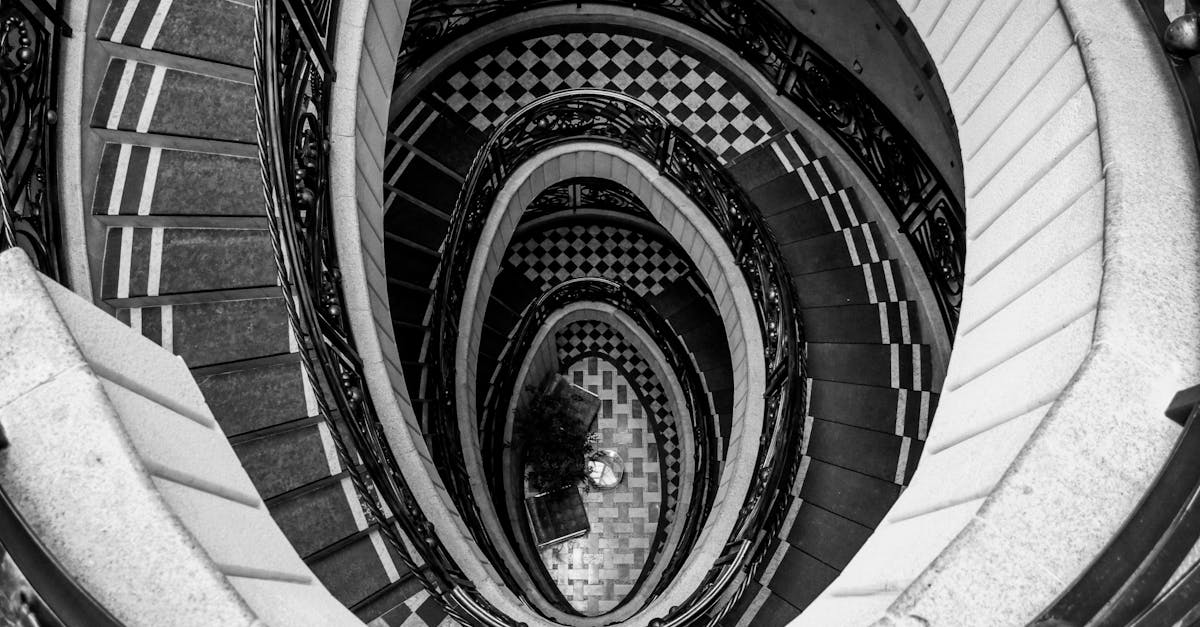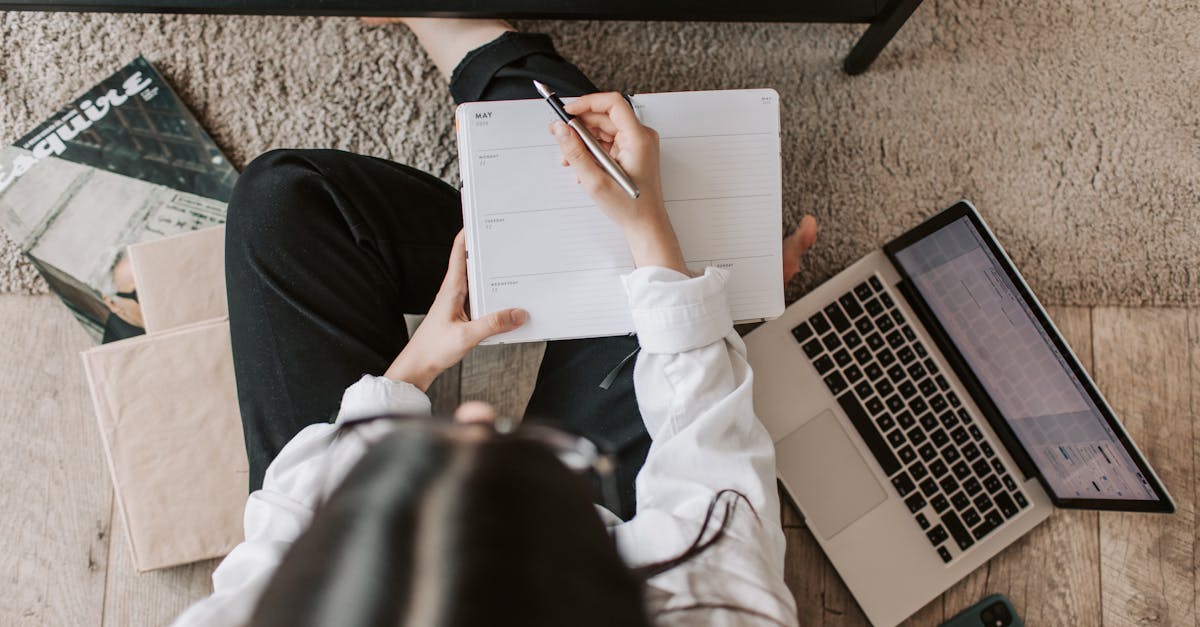Dizziness After a Head Injury Affecting Your Daily Life?
In Short: Struggling with dizziness after head injury? Understand the dizziness causes and explore transformative solutions that address balance problems and enhance your overall wellness. At Pulse Align Clinics, we utilize gentle techniques for vertigo treatment to restore symmetry and improve stability. Experience the benefits of tailored vertigo exercises and effective dizziness home remedies that help alleviate discomfort and foster a sense of balance. Reclaim your health and wellness at Pulse Align Clinics. Book your appointment today!
Are you struggling with dizziness after a head injury?
Understanding dizziness after a head injury is crucial, as there are 7 key factors to consider regarding pulse alignment that can significantly impact recovery. Conditions like BPPV (benign paroxysmal positional vertigo) and vestibular neuritis are some of the leading dizziness causes that can result in debilitating symptoms such as dizziness and anxiety. Exploring effective vertigo treatment options, including vertigo exercises and dizziness home remedies, is essential for regaining balance and comfort. By improving posture and integrating techniques like core strengthening, Pulse Align offers solutions designed to alleviate these distressing symptoms and promote overall well-being.
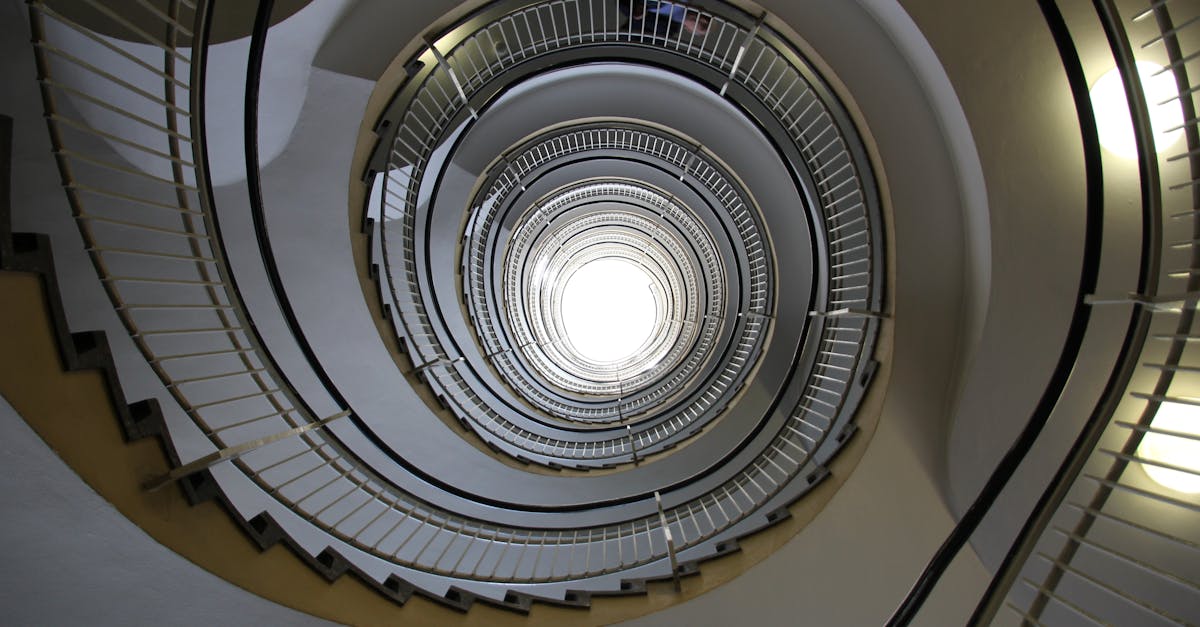
Dizziness following a head injury can be a perplexing experience, impacting daily life and overall well-being. Understanding the intricacies of posture improvement and the body’s ability to regain natural balance is essential. At Pulse Align, our focus on neuromuscular recalibration promotes muscle tone symmetry, supporting your journey toward enhanced stability and comfort.
What is Pulse Align’s Approach?
Pulse Align employs a gentle, technological approach designed to help clients reconnect with their body’s natural healing capabilities. Our methodology emphasizes muscle tone enhancement through gentle stimulation, which may lead to an overall sense of balance and alignment. Through this process, we encourage clients to restore their natural posture and symmetry, fostering a supportive environment conducive to improvement in daily activities.
Holistic Benefits for Your Wellness Journey
Recognizing the body’s innate ability to heal is fundamental to the Pulse Align philosophy. By prioritizing natural healing processes, our approach delivers holistic benefits that promote well-being. Many clients have shared their experiences of improved posture and comfort, attesting to the positive effects of adopting our methods. As one client expressed, “I began to notice a significant change in how I carry myself and my overall sense of balance after just a few sessions.” Such testimonials highlight the transformative potential of our focus on posture correction and overall wellness.
Book Your Consultation Today
If you are in search of a safe, non-invasive, and family-friendly service, we invite you to explore Pulse Align. With locations in Montreal, La Prairie, Terrebonne, Chicoutimi, Charlesbourg, Saint-Jérôme, Châteauguay, Sainte-Marie, Les Escoumins, Granby, and Panama City, our dedicated team is ready to assist you in your path towards wellness. Schedule your consultation today and experience how we can support your journey to improved balance and well-being.
It’s important to note that while Pulse Align offers a complementary approach to wellness, we encourage our clients to remain under the supervision of their healthcare team for any medical conditions. The changes our clients experience are often attributed to their bodies’ natural abilities to restore balance, rather than through direct treatment interventions.
Understanding Dizziness After a Head Injury
- Causes of Dizziness: Recognize conditions such as BPPV and vestibular neuritis.
- Assessment: A comprehensive evaluation is essential to identify underlying issues.
- Posture Correction: Focus on improving alignment to aid recovery.
- Core Strengthening: Implement exercises to enhance stability and balance.
- Gentle Rehabilitation: Utilize non-invasive methods for effective recovery.
- Personalized Plans: Tailor approaches based on individual needs for optimal results.
- Support Community: Engage with peers for encouragement and shared experiences.
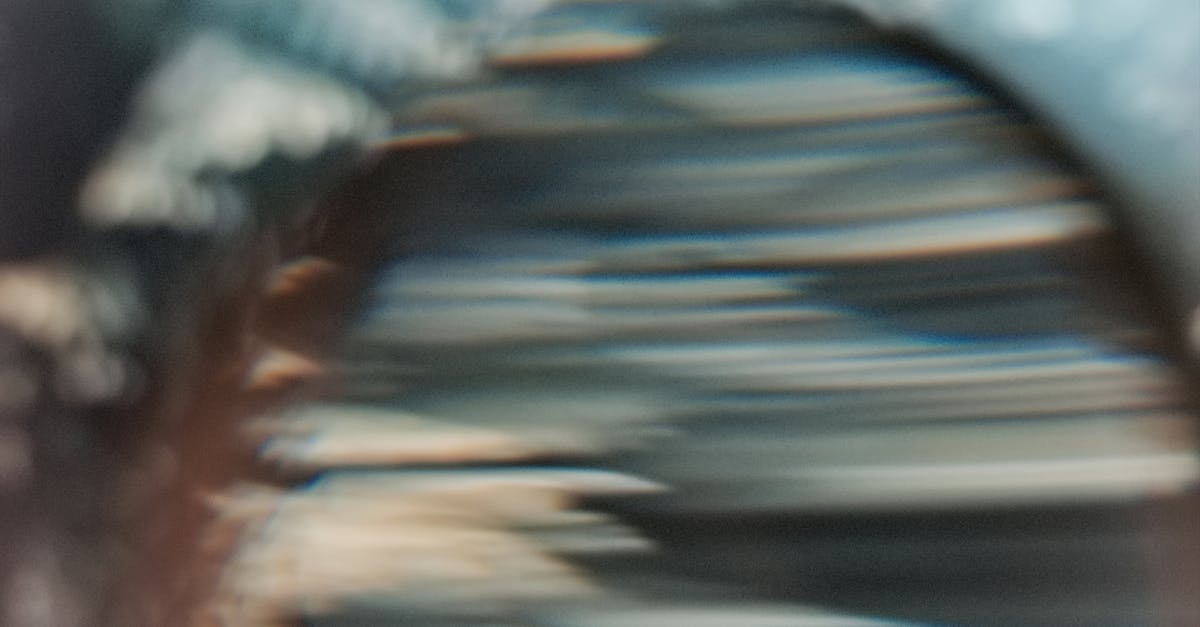
Dizziness after a head injury can drastically affect daily life, leading to unsettling balance problems and discomfort. This article highlights seven essential factors related to pulse alignment that can facilitate a deeper understanding of dizziness causes, including conditions like BPPV (benign paroxysmal positional vertigo), vestibular neuritis, and labyrinthitis. At Pulse Align, we emphasize the importance of neuromuscular health and the role of definitive posture improvement and holistic recalibration in the recovery process.
Identifying Dizziness Causes
Understanding the root causes of dizziness after head injury is crucial for effective treatment. Conditions such as BPPV, vestibular neuritis, and Meniere’s disease may cause the sensation of spinning and disorientation. Through comprehensive assessments, Pulse Align focuses on identifying these underlying factors, paving the way for tailored treatment strategies that target individual needs.
Core Strengthening for Stability
Core strengthening exercises are vital components of dizziness treatment, enhancing stability and supporting recovery. Engaging the core helps foster better posture, subsequently improving balance problems. Clients can incorporate trunk exercises into their daily routines, gradually enhancing core strength and restoring overall stability.
Effective Posture Correction Techniques
Correct posture plays a fundamental role in reducing dizziness and improving coordination. At Pulse Align, clinicians emphasize effective techniques aimed at optimizing body alignment, which can significantly alleviate discomfort and enhance daily mobility. Adopting posture correction practices also aids in minimizing feelings of dizziness and anxiety associated with head injuries.
Personalized Vertigo Treatment Plans
Effective vertigo treatment necessitates a personalized approach that aligns with each client’s unique healing journey. This includes integrating specialized vertigo exercises and recommending lifestyle adjustments to manage symptoms. Moreover, clients are encouraged to explore dizziness home remedies that support overall recovery.
Natural Remedies for Dizziness and Nausea
In addition to exercise, adopting natural remedies for dizziness and nausea can enhance recovery efforts. Simple changes, such as staying hydrated and incorporating nutrient-rich foods, can foster a more stable internal environment, complementing the structured treatment plans provided by Pulse Align. Clients are encouraged to experiment with various dizziness home remedies that fit their needs.
Community Support and Patient-Centered Care
The role of community support is vital in overcoming challenges related to dizziness and head injuries. Pulse Align fosters a welcoming environment where individuals can share experiences and encouragement, reinforcing the journey toward recovery. Patient-centered care ensures that recovery plans are tailored to each individual’s specific needs, encompassing holistic wellness.
Embracing Your Wellness Journey
Ready to reclaim your health after a head injury? Discover how Pulse Align can facilitate your journey towards improved balance and well-being. Residents of locations like Montreal, La Prairie, and Panama City are encouraged to explore personalized exercise plans and the extensive support offered by our expert team.
For a comprehensive understanding of how pulse alignment can positively impact your recovery, book a consultation with us today! Embrace the power of neuromuscular health and achieve optimal well-being through effective exercises and a supportive community.
| Factor | Description |
|---|---|
| Causes of Dizziness | Includes conditions such as BPPV, vestibular neuritis, and labyrinthitis. |
| Postural Alignment | Improving posture is crucial for restoring balance and reducing dizziness. |
| Core Strengthening | Enhances stability and support for posture, aiding in recovery. |
| Customized Approach | Individualized plans address specific needs and promote effective recovery. |
| Holistic Techniques | Integrates physical and emotional wellness strategies for overall improvement. |
| Patient Support | A community-focused environment fosters shared experiences and healing. |
| Effectiveness of Natural Remedies | Incorporating lifestyle changes can complement treatment outcomes. |
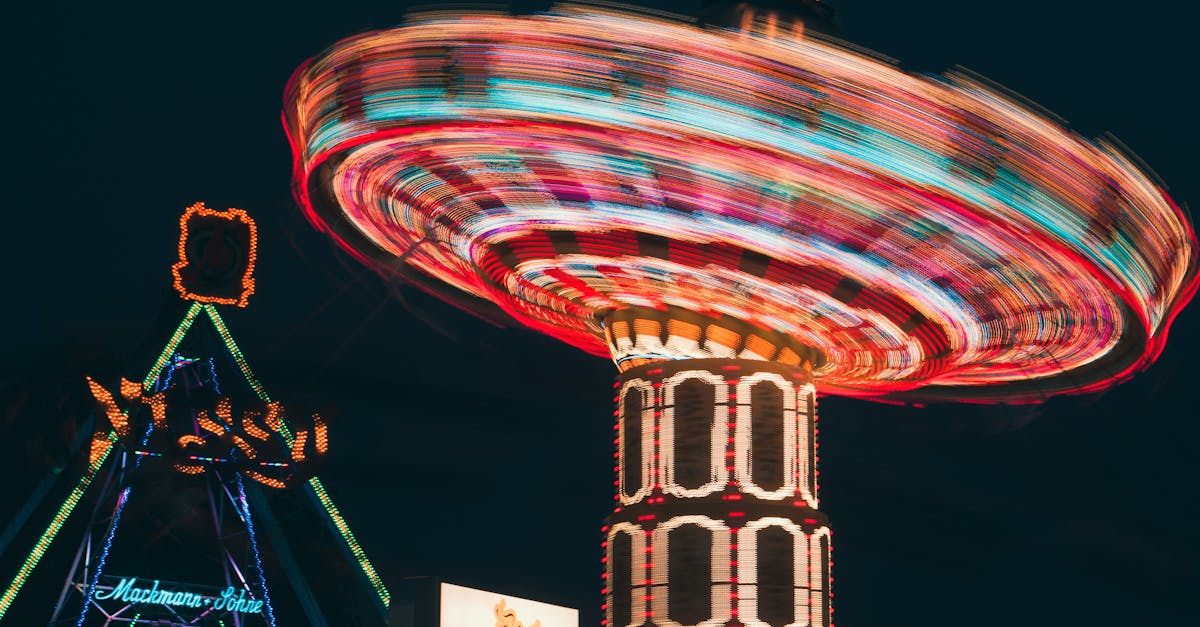
The Wellness Journey with Pulse Align: Client Testimonials
“After my head injury, I felt an overwhelming sense of dizziness that disrupted my daily routine. I was introduced to Pulse Align, and I cannot express how remarkable their approach has been. Their techniques focus on supporting the body’s natural ability to recalibrate, which truly made a difference for me. The atmosphere at their clinic in Mont-Royal is welcoming, and I’ve experienced steady improvement in my balance, allowing me to confidently engage in my daily activities once more.”
“Living in Chicoutimi, I was searching for a holistic solution to manage the dizziness following my head injury. Pulse Align offered a comprehensive assessment that perfectly tailored their methods to my conditions. The staff’s dedication to your recovery is commendable, and I noticed significant enhancements in my well-being almost immediately. I genuinely feel empowered again, thanks to their focus on natural recovery.”
“I was skeptical initially, as recovery after a head injury felt daunting. However, Pulse Align in Terrebonne transformed my experience. Their evidence-based approach, which taps into my body’s inherent capabilities to restore balance, has been incredible. I’ve seen progress that I didn’t think was possible, leading to amendments in my day-to-day life that I now embrace with joy.”
“In Châteauguay, the support and encouragement from Pulse Align’s community made my recovery journey enjoyable. Their unique focus on core strengthening aligns with my goals, helping me regain balance effortlessly. The mindful techniques they implement have fostered remarkable improvements naturally, and I highly recommend their services to anyone encountering similar challenges.”
“I sought help from Pulse Align after struggling with post-injury dizziness in Sainte-Marie. Their emphasis on a gentle, holistic methodology greatly appealed to me, and the results speak volumes. I’ve regained control over my movements, and their team worked closely with my healthcare providers to support me through my recovery process. It’s been refreshing to find such a collaborative approach.”
“Recovering in La Prairie, I found solace at Pulse Align. Their professional guidance empowers clients to embrace their wellness journeys. Since beginning treatment, I have noticed a significant improvement in my balance and overall comfort. Each session is a step forward, fostering a sense of community and support that enhances the healing experience.”
If you’re located in any of these areas such as Deux-Montagnes, Saint-Jérôme, or Les Escoumins and are seeking a pathway to better health, consider experiencing the unique benefits that Pulse Align has to offer. Explore our services and enhance your journey toward wellness. For more information on locations and to find a clinic near you, visit Our Clinics.
Experiencing dizziness after a head injury? Discover transformative approaches that help alleviate symptoms associated with balance problems and vertigo. Understanding the various dizziness causes, including BPPV (benign paroxysmal positional vertigo) and vestibular neuritis, is essential for recovery. Pulse Align Clinics offer a unique, straightforward method aimed at enhancing your stability through gentle postural recalibration. Experience improved confidence and ease in daily movements. Reclaim your health and wellness at Pulse Align Clinics. BOOK YOUR APPOINTMENT today!
Are you struggling with dizziness after a head injury? Dizziness can significantly disrupt your daily life, leading to balance problems and discomfort. Understanding the dizziness causes associated with conditions like BPPV, vestibular neuritis, and labyrinthitis is crucial for effective vertigo treatment. Pulse Align offers targeted solutions that focus on core strengthening and posture correction. By implementing vertigo exercises and exploring dizziness home remedies, clients can regain stability and reduce symptoms of dizziness and anxiety.
Understanding Dizziness and Its Impacts
The sensation of dizziness can stem from various factors, often leading to feelings of discomfort and instability. It’s essential to recognize that enhancing muscle tone and creating a strong foundation for your body’s processes may naturally restore balance and support overall well-being. At Pulse Align, we introduce a gentle approach focused on muscle tone, gentle stimulation, and fostering a sense of natural balance.
The Pulse Align Approach to Wellness
At Pulse Align, we emphasize the importance of holistic benefits that come from nurturing the body’s natural abilities. The techniques used are designed to enhance your posture and restore symmetry in muscle tone, thereby promoting a sense of alignment and well-being. This method is suitable for individuals of all ages, and it ultimately supports the body’s own healing processes, allowing clients to feel more grounded and balanced in their daily activities.
Embrace Your Wellness Journey Today
Ready to explore how you can experience the benefits associated with posture correction and core strengthening? Whether you are located in Montreal, La Prairie, Terrebonne, Chicoutimi, Charlesbourg, Saint-Jérôme, Châteauguay, Sainte-Marie, Les Escoumins, Granby, or Panama City, Pulse Align is here to support your journey. BOOK your consultation today and discover how we may assist in you achieving a harmonious balance in your life.
Our Mission
At Pulse Align, our mission is to deliver evidence-based, client-centered treatments that address the underlying causes of pain and dysfunction. By integrating advanced techniques and technologies, we strive to empower each person to take control of their health, ensuring a high standard of care, lasting relief, and an improved quality of life.
Learn more about our approach and available services at www.pulsealign.com and find a location near you here: https://pulsealign.com/our-locations/
Discover the Benefits of TAGMED’s Spinal Decompression Therapy
TAGMED offers an advanced Spinal Decompression Therapy, a non-surgical solution designed specifically to address moderate-to-severe disc issues such as herniated discs, bulging discs, and conditions like spinal stenosis and foraminal stenosis. By gently reducing pressure on the affected discs and nerves, this specialized technique enhances mobility, alleviates pain, and supports your body’s natural healing process. If you’ve reached a plateau with other therapies, discover how TAGMED’s evidence-based decompression approach can help you resume an active, comfortable life.
Have you tried conventional treatments and still struggle with persistent back pain due to a severe disc condition?
Mechanism of Action
TAGMED’s neurovertebral decompression applies a controlled, progressive traction force to the spine. This method increases the space between vertebrae, effectively reducing pressure on intervertebral discs and nerve roots. As a result, this process promotes better fluid circulation in the targeted area, helping to lower inflammation and relieve pain. This provides a reliable, non-invasive solution for individuals dealing with chronic back issues, including sciatica and disc protrusion.
Specific Benefits
The non-invasive nature of TAGMED’s approach effectively alleviates chronic pain and symptoms linked to conditions such as herniated discs and spinal stenosis. By reducing pressure on nerve structures and optimizing fluid circulation around the discs, this therapy not only speeds up recovery but also enhances the quality of life for patients seeking relief from persistent discomfort. Many individuals have reported a significant reduction in facet syndrome symptoms and improved overall mobility.
Comparison with Other Treatments
When comparing TAGMED’s neurovertebral decompression technology with other commonly used treatments—such as pain medications, corticosteroid injections, and traditional physiotherapy—it becomes clear that this approach offers distinct advantages. Unlike invasive surgical options, TAGMED’s method is non-invasive and minimizes medication-related risks. Patients may experience a potentially faster path to recovery by using this evidence-based alternative.
Case Studies or Testimonials
Real-world success stories underscore the efficacy of TAGMED’s spinal decompression therapy. Many patients have reported lasting pain relief and a quicker resumption of daily activities. One patient shared, “After undergoing TAGMED’s treatment, I no longer live in fear of pain. I can finally move without the nagging discomfort of brachialgia that used to limit my daily life.” These firsthand accounts illustrate the tangible results and practical advantages of this therapeutic approach for those navigating chronic conditions.
Reclaim Your Well-Being: The Pulse Align Experience
If you’re navigating the challenges of dizziness following a head injury, it’s essential to understand how key factors can impact your recovery. Pulse Align offers a unique and holistic approach that emphasizes posture correction, neuromuscular recalibration, and natural methods that support the body’s innate healing abilities. With a strong focus on improving posture, reducing discomfort, enhancing mobility, and fostering overall well-being, clients consistently report positive experiences as they reconnect with a sense of balance and stability in their lives.
At Pulse Align, our commitment to client-centric care is evident in the comprehensive assessments and personalized plans we offer. Clients appreciate the gentle, non-invasive techniques that create a nurturing space for healing, ultimately guiding them toward a more vibrant quality of life. Many individuals have found empowerment through our community-focused environment, which encourages shared experiences and support throughout their wellness journeys.
Take charge of your path to recovery and discover the Pulse Align difference today. Whether you are seeking to enhance your overall health or embark on a journey toward improved balance, we invite you to schedule your consultation now. Explore the possibilities of unlocking your body’s natural potential for health and wellness through our tailored services that align perfectly with your needs.
By prioritizing gentle methods and holistic health, Pulse Align creates a bridge to recovery that respects your body’s wisdom. Embrace the journey toward a healthier, more balanced you, and let us support you every step of the way.
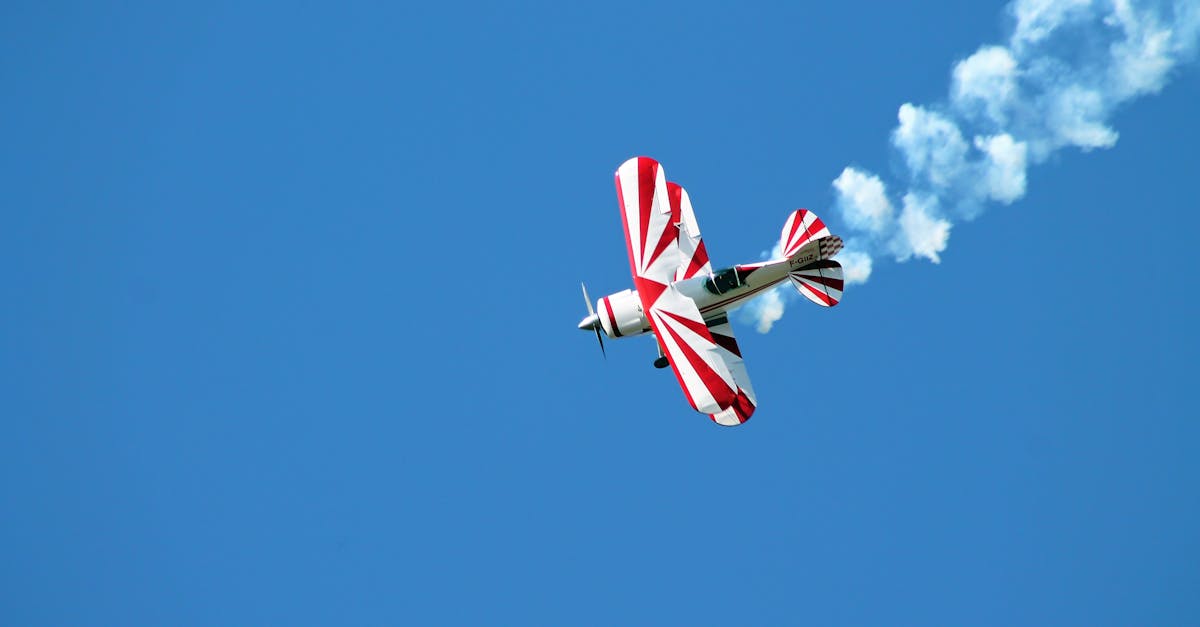
Do you suffer from a chronic condition that responds little or not at all to conservative treatments?
Are you seeking an innovative path toward enhancing your well-being? At Pulse Align, we offer a non-invasive method aimed at restoring your body’s natural balance and posture through gentle, imperceptible pulses. By focusing on promoting muscle tone symmetry and overall alignment, our approach strives to minimize discomfort and tension throughout the body, ultimately leading to improved functional balance.
Our focus at Pulse Align is not on discomfort or specific conditions; instead, we empower the body to recalibrate itself naturally. This gentle and alternative method often results in incredible enhancements in comfort and posture. Numerous clients have shared how our holistic approach has positively influenced their perception of well-being, contributing to a sense of renewed vitality.
What truly distinguishes Pulse Align is our personalized approach. Clients visiting our clinics have reported remarkable improvements in their overall wellness, including reduced tension in the neck and back. Testimonials illustrate how many individuals have experienced enhanced mobility and comfort after incorporating our gentle techniques into their routines. At Pulse Align, we believe that everyone, from children to expectant mothers, deserves the opportunity to embark on a transformative wellness journey.
We invite you to explore more about our services by visiting the Pulse Align website. With multiple locations in cities such as La Prairie, Mont-Royal, Terrebonne, Châteauguay, and many others, finding a nearby clinic is simple. Book your consultation today, either for yourself or your entire family. Remember, Pulse Align complements, but does not replace, any ongoing healthcare services. We pride ourselves on being a safe, non-invasive, and family-friendly wellness solution.
To learn more about our offerings and how Pulse Align can support you on your wellness journey, visit our website: Pulse Align.
Frequently Asked Questions
Vértigo
¿La posición del cuerpo influye en el vértigo?
Sí, en el VPPB cambiar la posición de la cabeza (acostarse, girarse en la cama) puede desencadenar una crisis.
¿La rehabilitación vestibular lleva mucho tiempo?
Depende de la causa y la gravedad. Pueden ser necesarias algunas semanas o meses para una mejora significativa.
Does getting up too fast cause vertigo?
Standing quickly can cause orthostatic hypotension and dizziness, though not always true vertigo.
Les vertiges nocturnes existent-ils ?
Oui, le VPPB peut se manifester en se tournant dans le lit la nuit, provoquant des vertiges nocturnes.
¿Los medicamentos pueden aliviar el vértigo?
Algunos medicamentos (anti-vertiginosos, antieméticos) pueden ayudar, pero es esencial tratar la causa.
¿El transporte puede desencadenar vértigos?
El mareo por movimiento es un trastorno del equilibrio causado por señales sensoriales contradictorias, provocando vértigos y náuseas.
¿Los vértigos pueden indicar un problema neurológico?
En casos raros, pueden ser signo de un ACV o esclerosis múltiple. Un aviso médico es necesario si aparecen otros síntomas.
Les problèmes de cou (cervicaux) causent-ils des vertiges ?
Des tensions cervicales peuvent contribuer à une sensation d’instabilité, mais les vertiges cervicogéniques purs sont moins fréquents.
¿Un problema de cervicales puede provocar vértigos?
La rigidez o artrosis cervical pueden contribuir a la inestabilidad, aunque el vínculo directo está en debate.
Un problème de cervicales peut-il donner des vertiges ?
Une raideur ou une arthrose cervicale peuvent contribuer à une sensation d’instabilité, bien que le lien direct soit débattu.
Zoé Rousseau believes that knowledge is the most powerful step toward healing—and she’s here to illuminate the path forward for anyone facing the challenges of vertigo. At Pulse Align, Zoé not only highlights the latest breakthroughs in neuromodulation and non-invasive health technologies but also translates complex research into practical, everyday guidance. Her approach is grounded in empathy and fueled by a genuine drive to help readers find balance, both literally and figuratively. From exploring advanced treatments to sharing firsthand patient stories, Zoé’s heartfelt advocacy ensures that no one has to face the spinning world of vertigo alone.
Medical Disclaimer
The information and advice provided on this site do not replace the advice, diagnosis, or treatment of a healthcare professional. Please note that the author of this article is neither a doctor nor a specialist in a medical specialty as defined by the Collège des médecins du Québec. Manual medicine, functional medicine, and sports medicine as described on this site exclude any medical treatment or diagnosis made by a doctor or medical specialist. Always consult your doctor for any medical questions. For more details, please read our complete Legal Notice.

